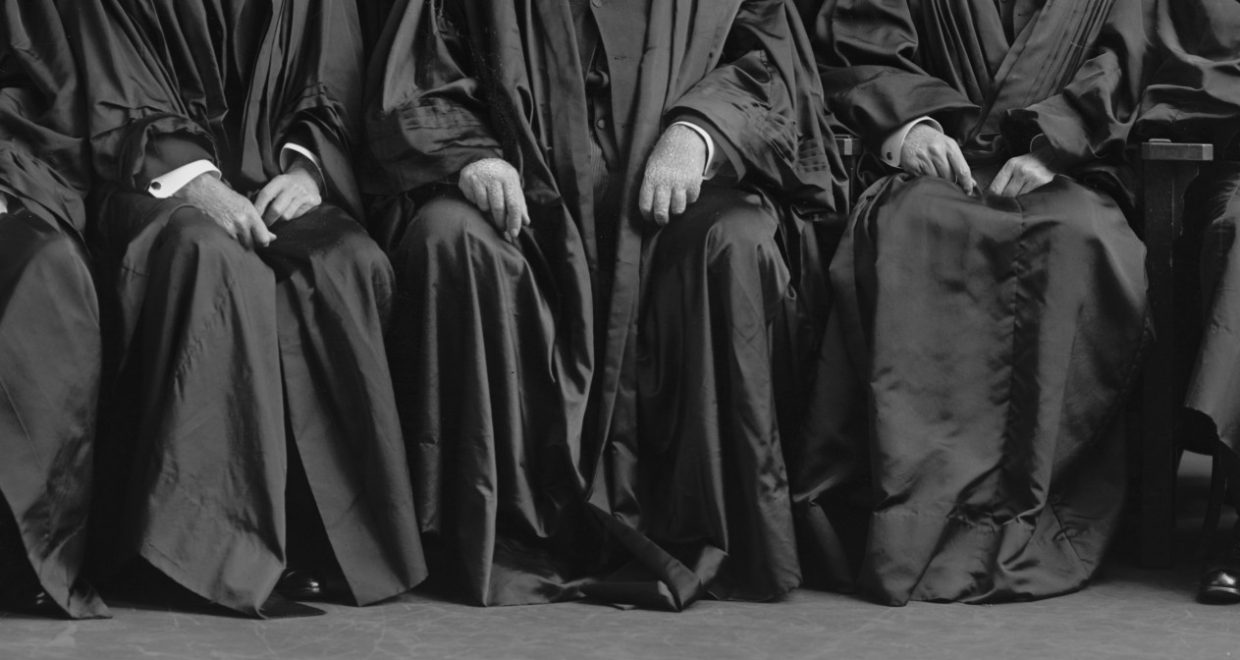Q&A with Tomiko Brown-Nagin: Meet the Editorial Board for Modern American History
For the latest entry of our blog series introducing the board members of the new Cambridge University Press journal, Modern American History, Tomiko Brown-Nagin shares how she came to study modern American history and where she sees the field heading. Tomiko Brown-Nagin is the Daniel P.S. Paul Professor of Constitutional Law, Professor of History, and the Co-Director of the Program in Law and History at Harvard University. She specializes in legal history, civil rights law, constitutional law, education law, and policy.
 Why do you study modern American history and not something else?
Why do you study modern American history and not something else?
I began studying American history because I wanted to better understand the limitations of federal power in the American South, where I grew up. The U.S. Supreme Court’s decision in Brown v. Board of Education and the white resistance that followed the decision vividly illustrated how local people can undermine federal power. I imagined that if I studied the history and culture of the region, I could discern the reasons for the vast gap between federal law-on-the-books and federal law-on-the-ground. That search led me to the study of the law, and eventually, to a commitment to write history that synthesizes social and legal history.
What are some of the challenges facing the field today? In what new directions might the field go?
The field still is struggling to integrate the study of social history (i.e. narratives and thematic stories about previously overlooked subjects and places) with longue durée history. By exploring the experiences of women, people of color and sexual minorities and analyzing how race and gender have shaped modern society, social historians have made tremendous scholarly contributions in recent decades. Meanwhile, historians of the longue durée have immeasurably expanded knowledge by examining economic trends, the evolution of political institutions, demography, wars and other macro-level issues. In my view, we ought to combine the two approaches more often. But that’s easier said than done, particularly as the two camps can be so deeply invested in one or the other methodology.
As for the future, the trend toward transnational history will continue. I also hope sophisticated and thematically-driven narrative history will make a comeback, as more serious scholars attempt to write more accessibly.
If you could have been present in any “room where it happened,” what would you have witnessed?
I would like to have observed Congressional debates about the 14th Amendment to the U.S. Constitution. Much of my scholarly work relates to efforts by lawyers and jurists, activists and politicians to interpret and implement the amendment’s equal protection and due process clauses. I’ve read so much about the debates that gave rise to the amendment; it would be splendiferous to have observed the live debate.
Modern American History’s first print issue will appear in 2018. Sign up for online content alerts and follow us on Twitter @ModAmHist. Article submissions and 250-word proposals for special features can be sent to mahist@bu.edu.
Main Image Credit: U. S. Supreme Court, Harris & Ewing Collection, Library of Congress





